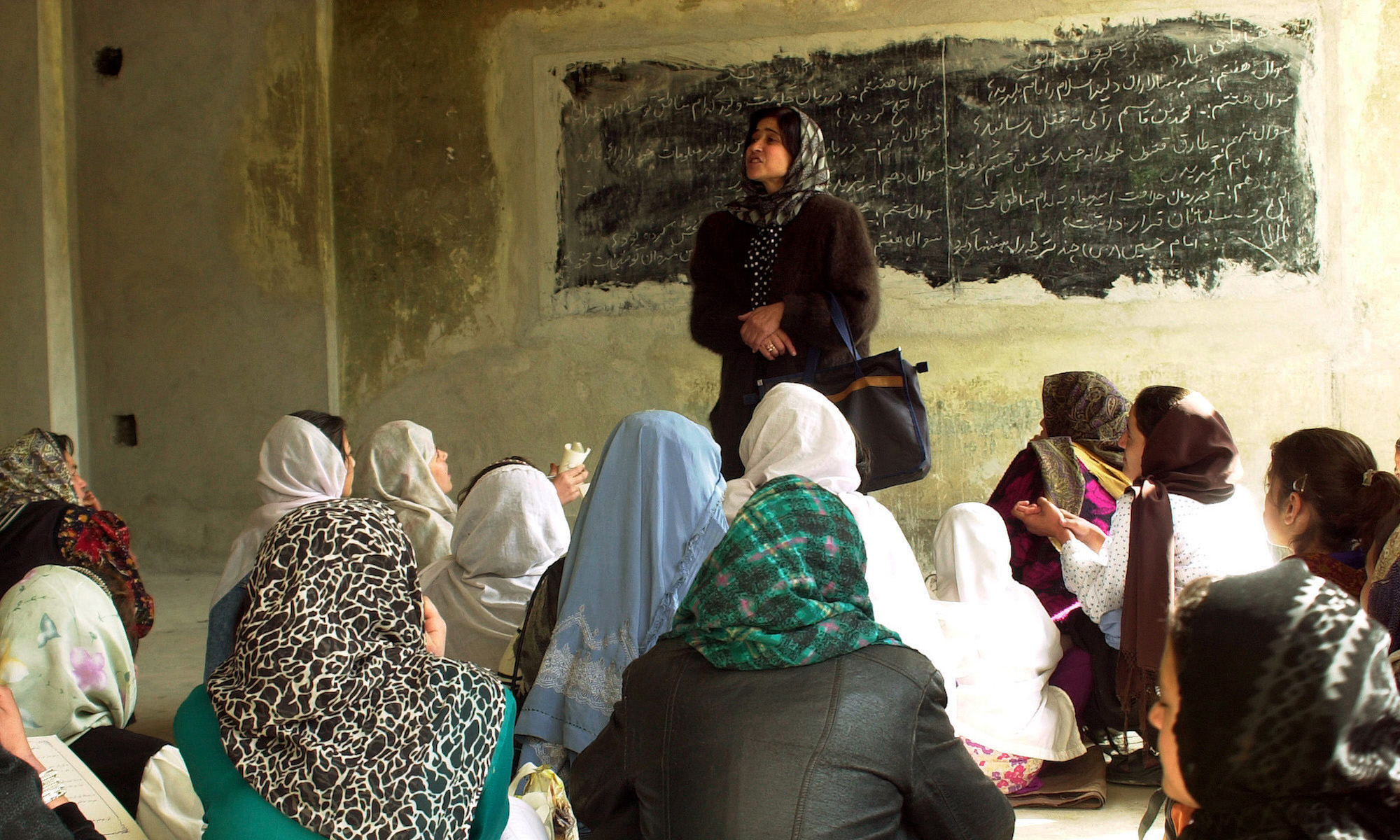The article sketches the tension between power-sharing as a form of conflict resolution and the implementation of WPS norms in peace processes. It begins with an exploration of each process, before considering how the cases have broached the relationship between power-sharing and women’s representation.
Gender, Conflict, and Development
This book highlights the gender dimensions of conflict, organized around major relevant themes such as female combatants, sexual violence, formal and informal peace processes, the legal framework, work, the rehabilitation of social services and community-driven development. It analyzes how conflict changes gender roles and the policy options that might be considered to build on positive aspects while minimizing adverse changes. The suggested policy options and approaches aim to take advantage of the opportunity afforded by violent conflict to encourage change and build more inclusive and gender balanced social, economic and political relations in post-conflict societies. The book concludes by identifying some of the remaining challenges and themes that require additional analysis and research.
Demobilization and Reintegration Programs: Addressing Gender Issues
Women have always participated to some extent in combat, but several recent wars have seen them fighting on the front lines. And while the roles of female excombatants vary widely, the women seem to share one unfortunate characteristic: limited access to benefits when peace and demobilization come. This is also true for girls abducted for sexual services and the families of ex-combatants in the receiving community. These groups are often neglected during demobilization and reintegration; or at best, women, men, boys, and girls may receive equal benefits but are treated as a homogenous group, which prevents their specific needs from being addressed. Some think that the first objective of a DRP (Demobilization and Reintegration Program) is to have a positive impact on the peace dividend. Another goal often mentioned is the reduction of military expenditures for budgetary reasons. However, others argue that the DRP objectives should be to assist vulnerable excombatans.
Gender, conflict, and peace-building: how conflict can catalyse positive change for women
Civil War, Reintegration, and Gender in Northern Uganda
What are the impacts of war on the participants, and do they vary by gender? Are ex-combatants damaged pariahs who threaten social stability, as some fear? Existing theory and evidence are both inconclusive and focused on males. New data and a tragic natural quasi-experiment in Uganda allow us to estimate the impacts of war on both genders, and assess how war experiences affect reintegration success. As expected, violence drives social and psychological problems, especially among females. Unexpectedly, however, most women returning from armed groups reintegrate socially and are resilient. Partly for this reason, postconflict hostility is low. Theories that war conditions youth into violence find little support. Finally, the findings confirm a human capital view of recruitment: economic gaps are driven by time away from civilian education and labor markets. Unlike males, however, females have few civilian opportunities and so they see little adverse economic impact of recruitment.
Unintended Impacts and the Gendered Consequences of Peacekeeping Economies in Liberia
Despite increased international attention to managing the potential impacts of peacekeeping on host countries, unintended consequences continue to emerge. This article focuses particularly on the alternative economies that peacekeeping operations generate and the differential economic impacts on individuals who come into contact with peacekeepers. Based on empirical evidence derived from fieldwork in Liberia, the article highlights the everyday lives of women whose livelihoods have been affected by the presence of peacekeeping missions. It also discusses how such economies adjust during the peacekeeping drawdown phase, and explores the dynamics that such economies have on specific segments of the Liberian population. The argument is that, while peacekeeping economies are critical in stimulating the local economy and providing livelihoods during and in the immediate aftermath of war, they have negative unintended impacts that need mitigation.
Debating Darfur in the World
This article compares the debates and demonstrations about Darfur that have taken place in the Sudan, the United States, and Qatar and illuminates how political violence is apprehended and cultural identities are constructed. The rallies that occurred among Sudanese inside and outside the Sudan following the 2009 indictment of President Omar Hassan al-Bashir by the International Criminal Court (ICC) are particularly revealing. Examining what has been represented worldwide as the first genocide of the twenty-first century brings to light the ideologies that are expressed in impassioned political positions. Ideology, which implicitly undergirds the mixed emotions with which the ICC warrant was received, has been fundamental to the Darfur story from the start of the crisis in 2003. Describing Darfur in three distinct sociopolitical arenas, one sees various scenarios that are akin to a play with multiple actors and scenes, each of which is contextually mediated and expertly produced. The disconnections, ruptures, and shifts in the flow of this narration point to the disparities in the situational, local, regional, and transnational forces at work.
